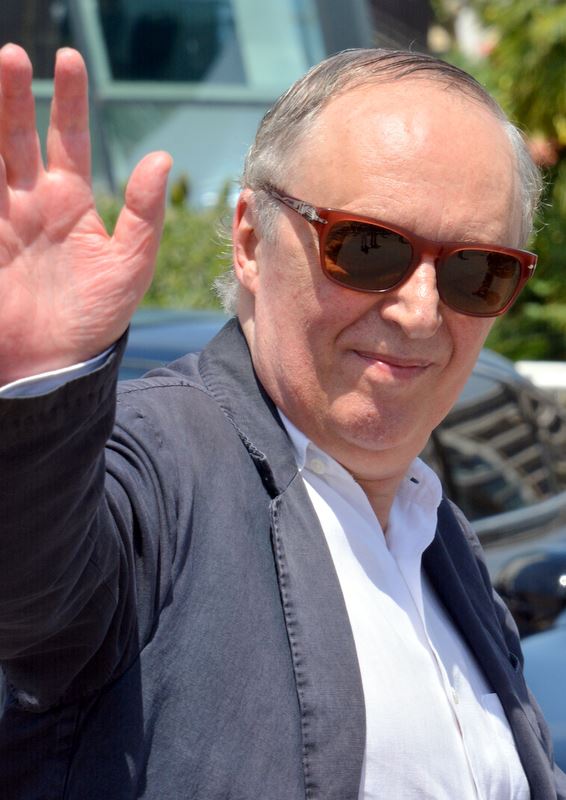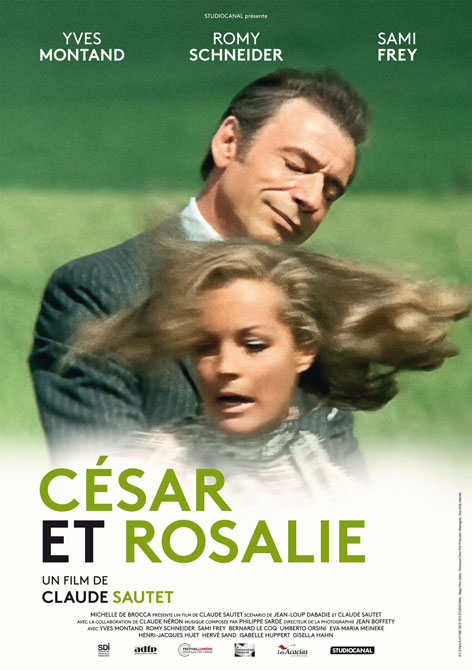Suspiria
To coincide with the presentation of Dario Argento's new film, Dark Glasses (Occhiali Neri), at the 2022 edition of Fantasia, we are presenting, in collaboration with the festival and the Italian Institute of Culture in Montreal, eight of the filmmaker's previous films, which together testify to the way in which this prolific Italian master of terror has never ceased to experiment, formally and thematically. From his major contribution to the giallo genre at the beginning of his career to the horror cinema of the 2000s, through the supernatural phase initiated with Suspiria, this cycle allows us to revisit a work in perpetual evolution, with incisive direction and delightful international casts, including the complete Three Mothers trilogy: Suspiria, Inferno and Mother of Tears.
Upon her arrival at a German ballet school, a young American girl witnesses horrific murders and strange phenomena.

Dario Argento
Growing up in Rome in the 1940s, Dario Argento experienced both the world of film sets with his father, a film producer, and that of modeling in his mother's studio, a fashion photographer: some would say that he fell into the giallo as a child. Before moving on to directing, this great cinephile began his career as a critic, standing as a defender of genre cinema. He then used his writing skills to sign or contribute to many scripts, the most famous of which is Once Upon a Time in the West by Sergio Leone. In 1970, Argento moved on to directing with The Bird with the Crystal Plumage, a giallo film. The originality of his direction was already evident in this first film, which opened the most prolific and acclaimed period of his career, marked by his collaborations with his partner Daria Nicolodi, the editor Franco Fraticelli and the group Goblin. With Suspiria, the filmmaker turns to supernatural horror, beginning an alternation of genres, which he transcends with a colorful expressionism and never ceasing to experiment stylistically.







